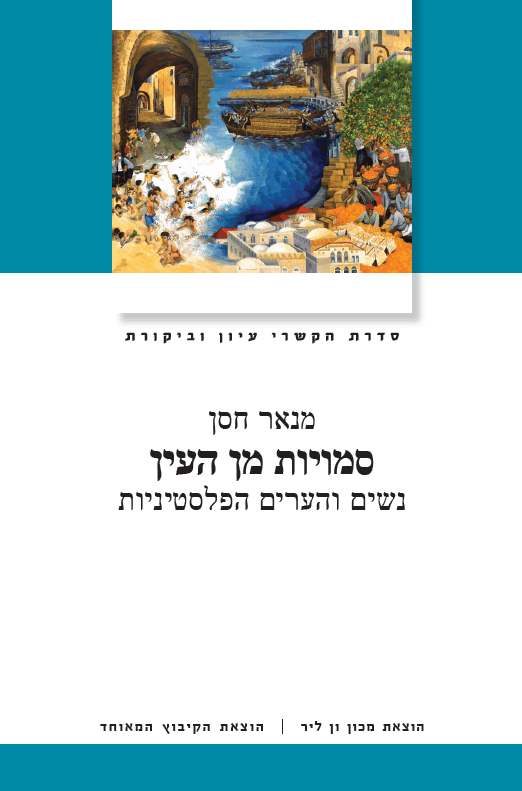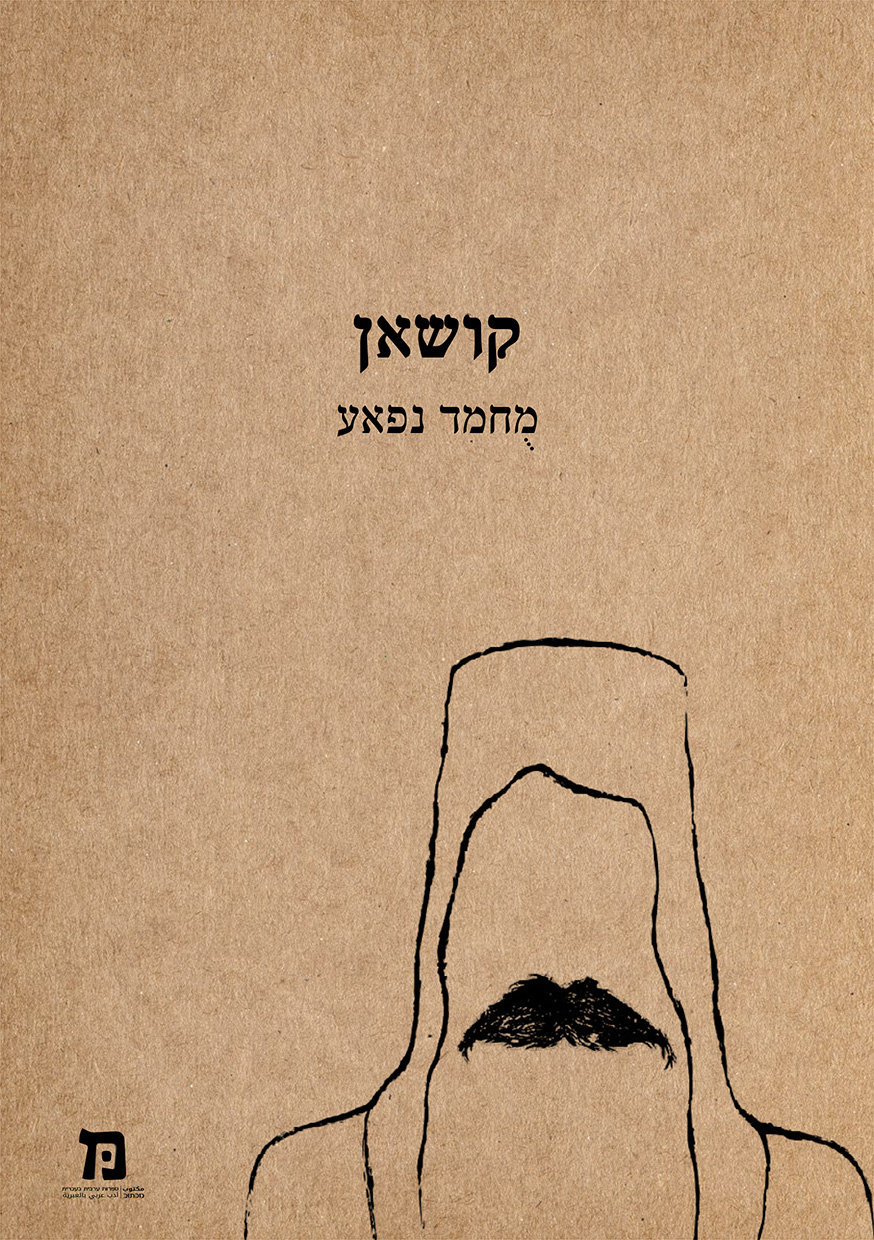The Invisible
Women and the Palestinian Cities
| By | Manar Hasan |
| Publisher | Van Leer Institute Press and Hakibbutz Hameuchad |
| Language | Hebrew |
| Year of Publication | 2017 |
| Series | Theory and Criticism in Context Series |
The title The Invisible calls to mind the imaginary cities named after women that Marco Polo describes to the Mongolian ruler Kublai Khan in Italo Calvino’s novel. “Your cities,” the ruler responded with open disbelief, “do not exist. Perhaps they have never existed. It is sure they will never exist again.”
The Invisible: Women and the Palestinian Cities presents real women in Palestinian cities that existed but are no more. This is not the first work about Palestinian society in the period before the Nakba, but until now the role of the city as the instigator of civilized life has not been emphasized sufficiently, partly because during the Nakba Palestinian society also lost its historical documentation. The term “the invisible” has a double purpose in the book: on the one hand, to present the Palestinian cities that were destroyed in 1948, and on the other, to recreate the urban life of the tens of thousands of women that lived in them. In the absence of well-kept archives from which the necessary information could be gleaned, the author attempts to recreate the social history of women in the city by means of displays, paintings, written and spoken episodes, newspaper clippings, biographies, and interviews with those who lived in the Palestinian cities—including Haifa, Jaffa, and Ramle—before 1948. She describes the public spaces, the political movements, the social and feminist societies, newspapers, clubs, and leisure activities of women. This is not a chronological reconstruction, nor is it a complete reconstruction, but rather a fragmentary collection of the traces of the forgotten city.
This book offers valuable research on a topic that has been ignored until now and makes a cultural contribution to the society whose history has been forgotten.




